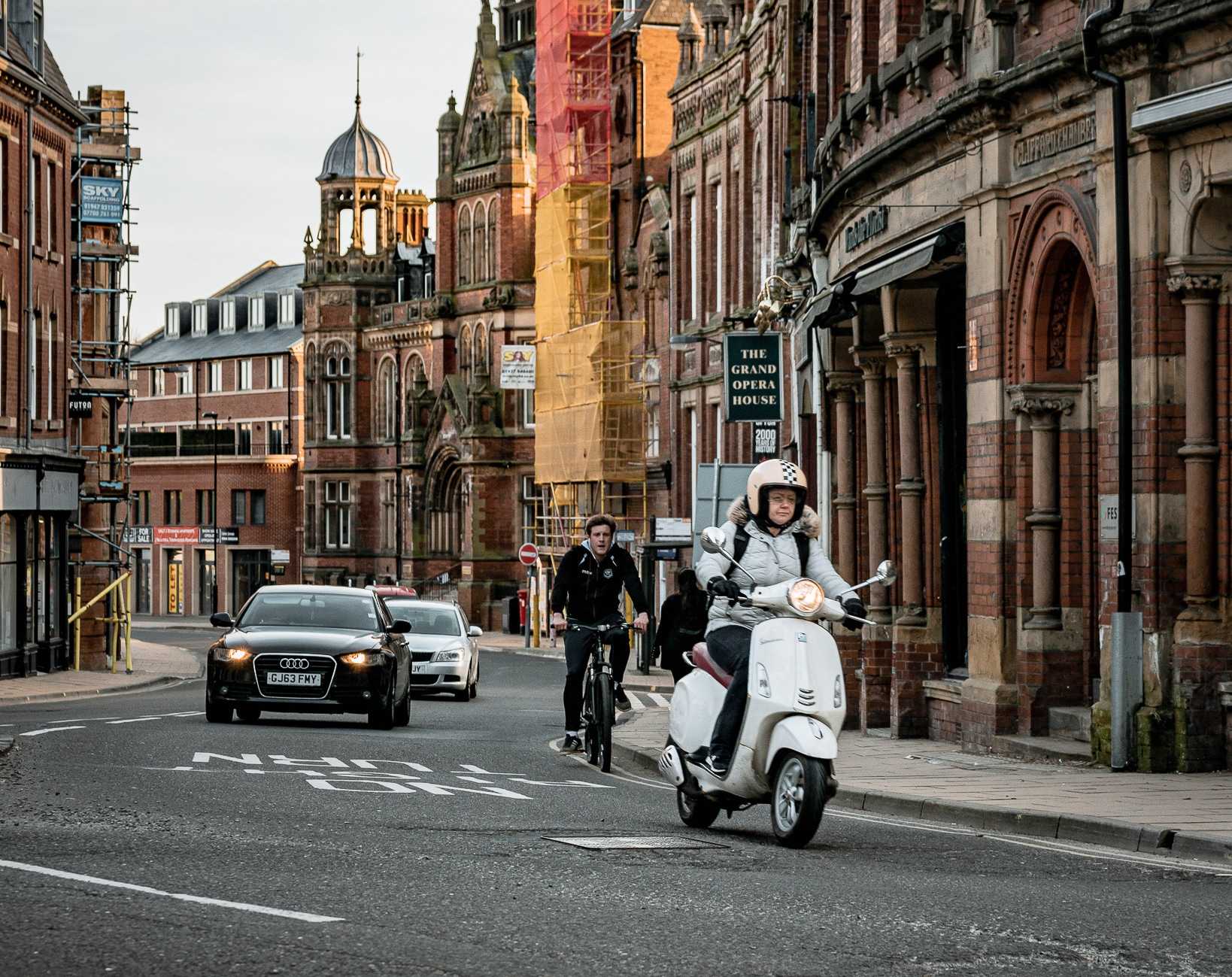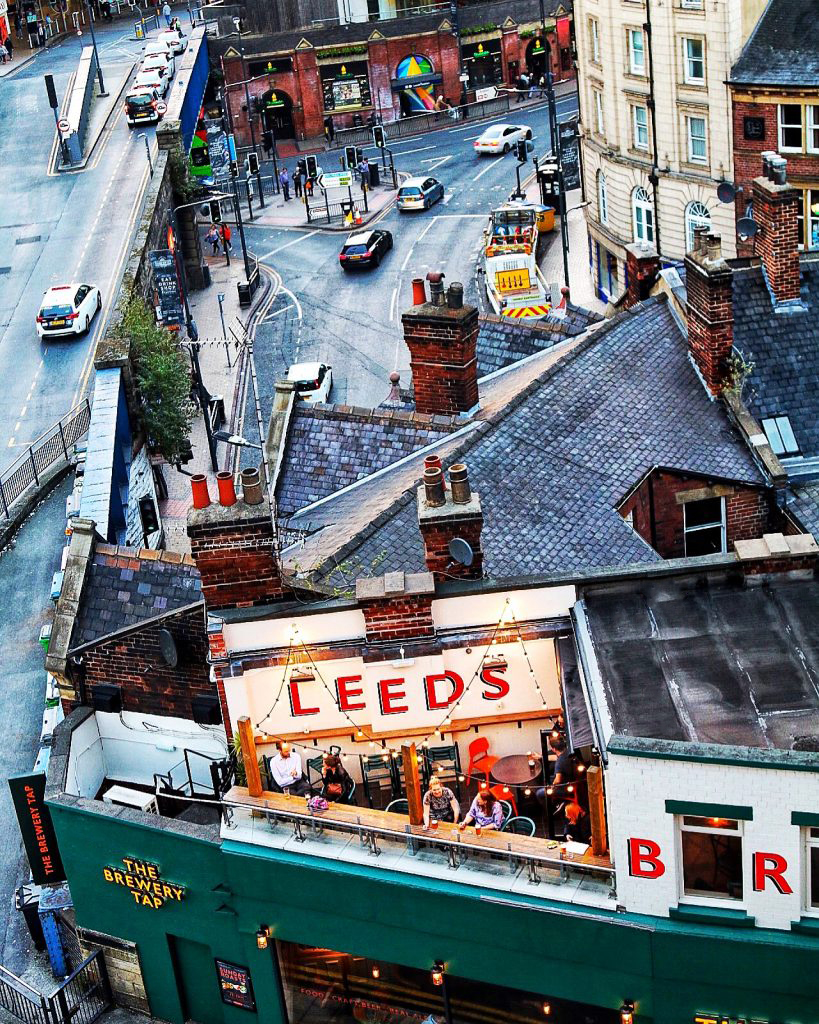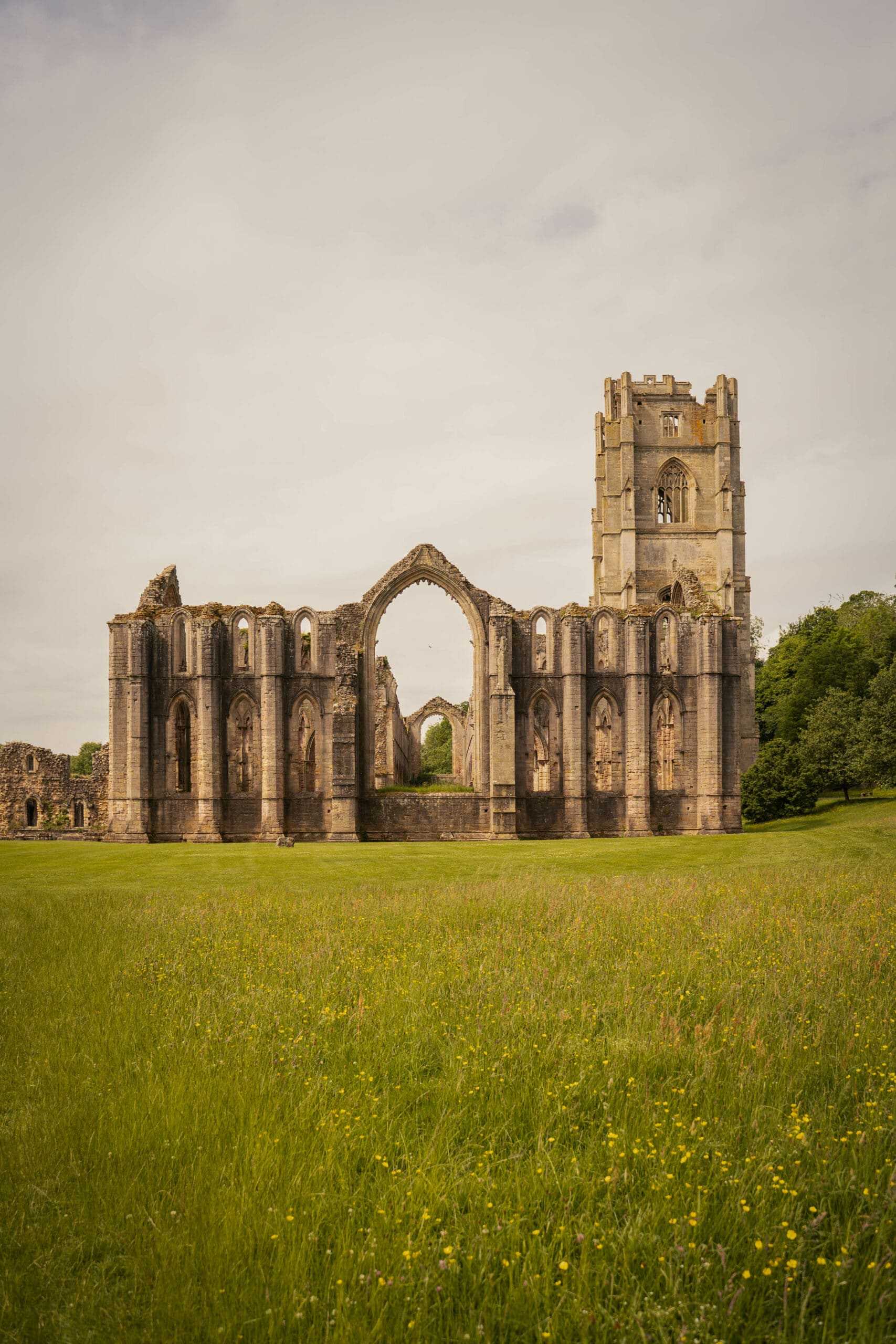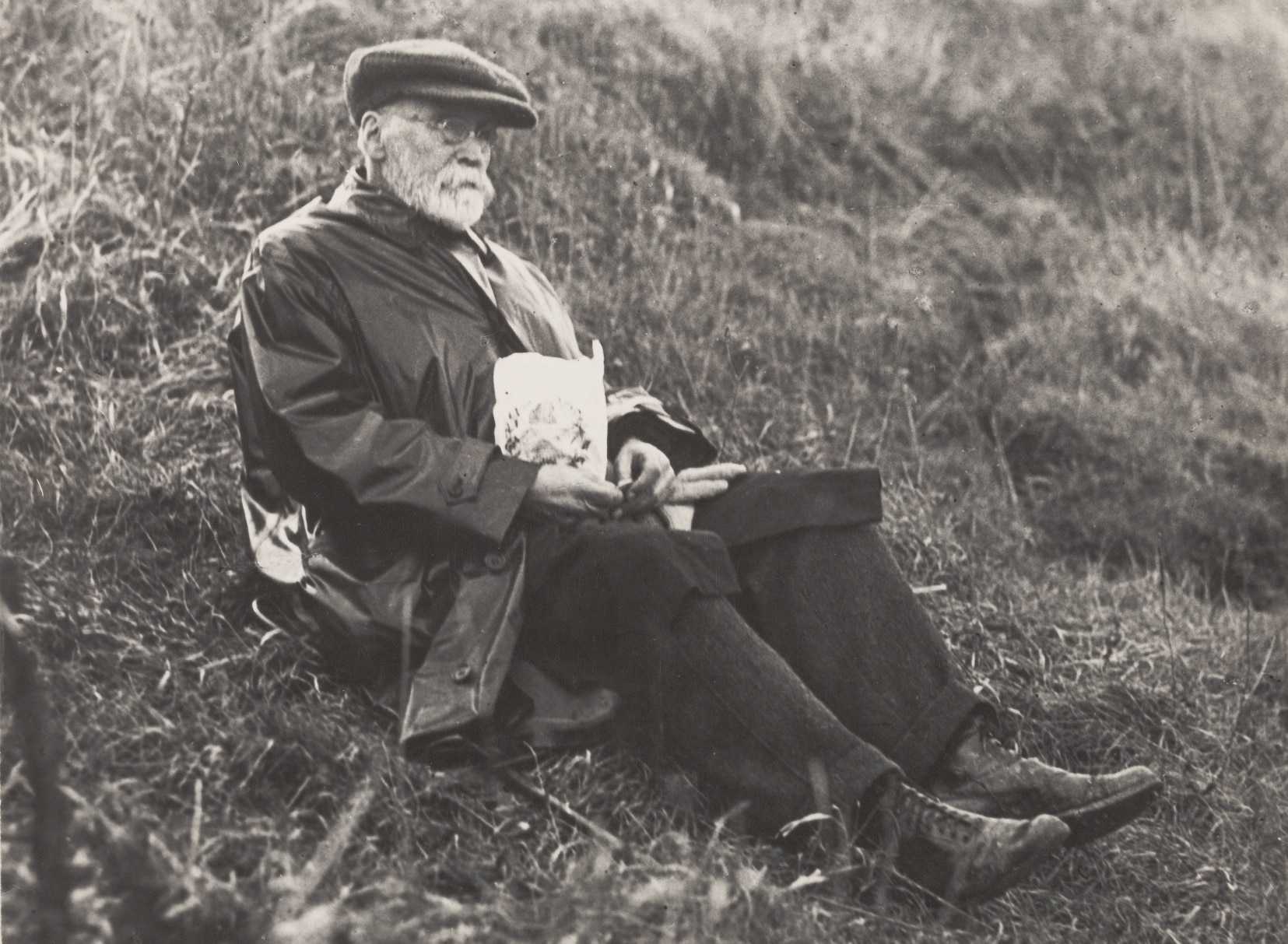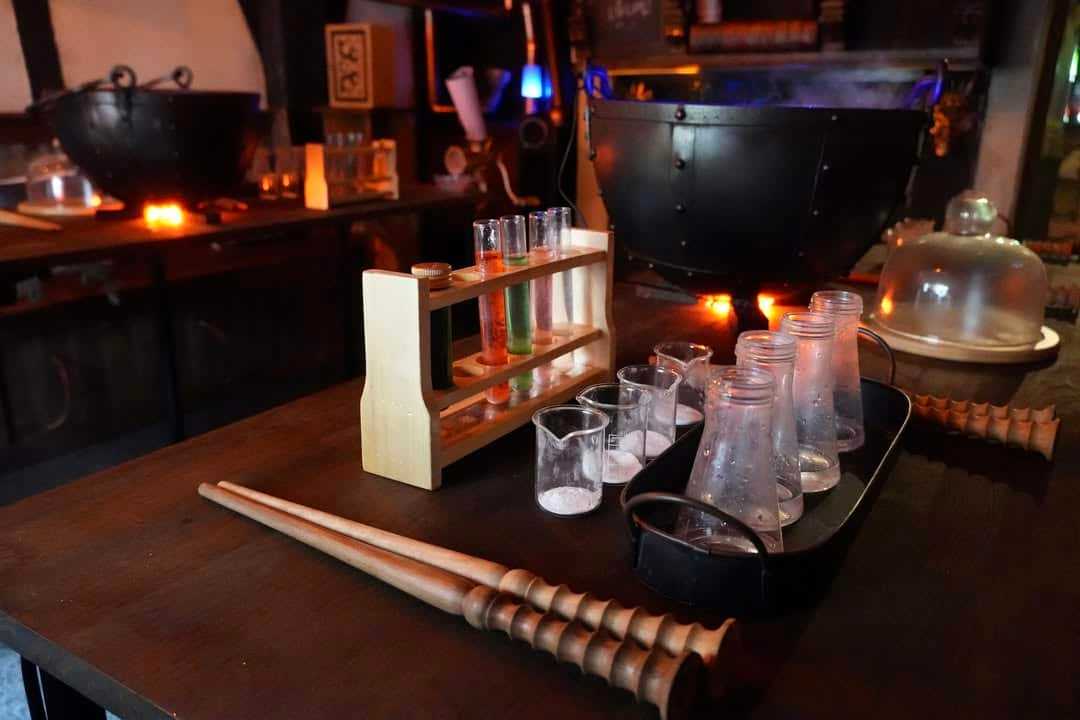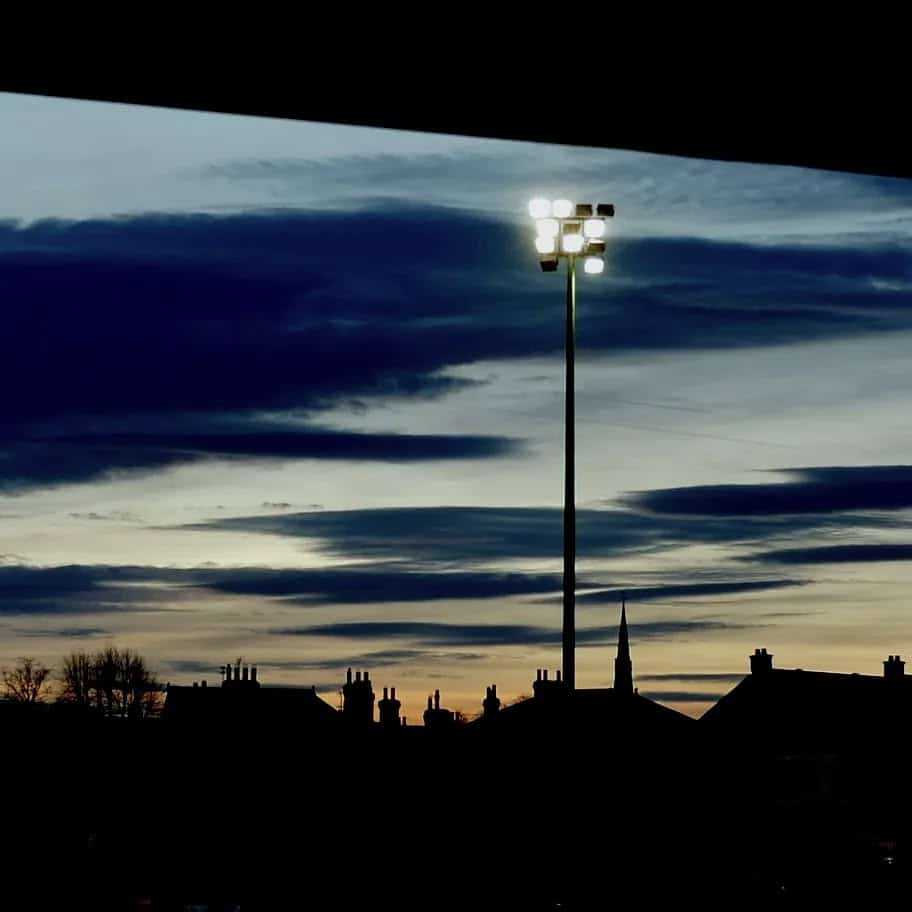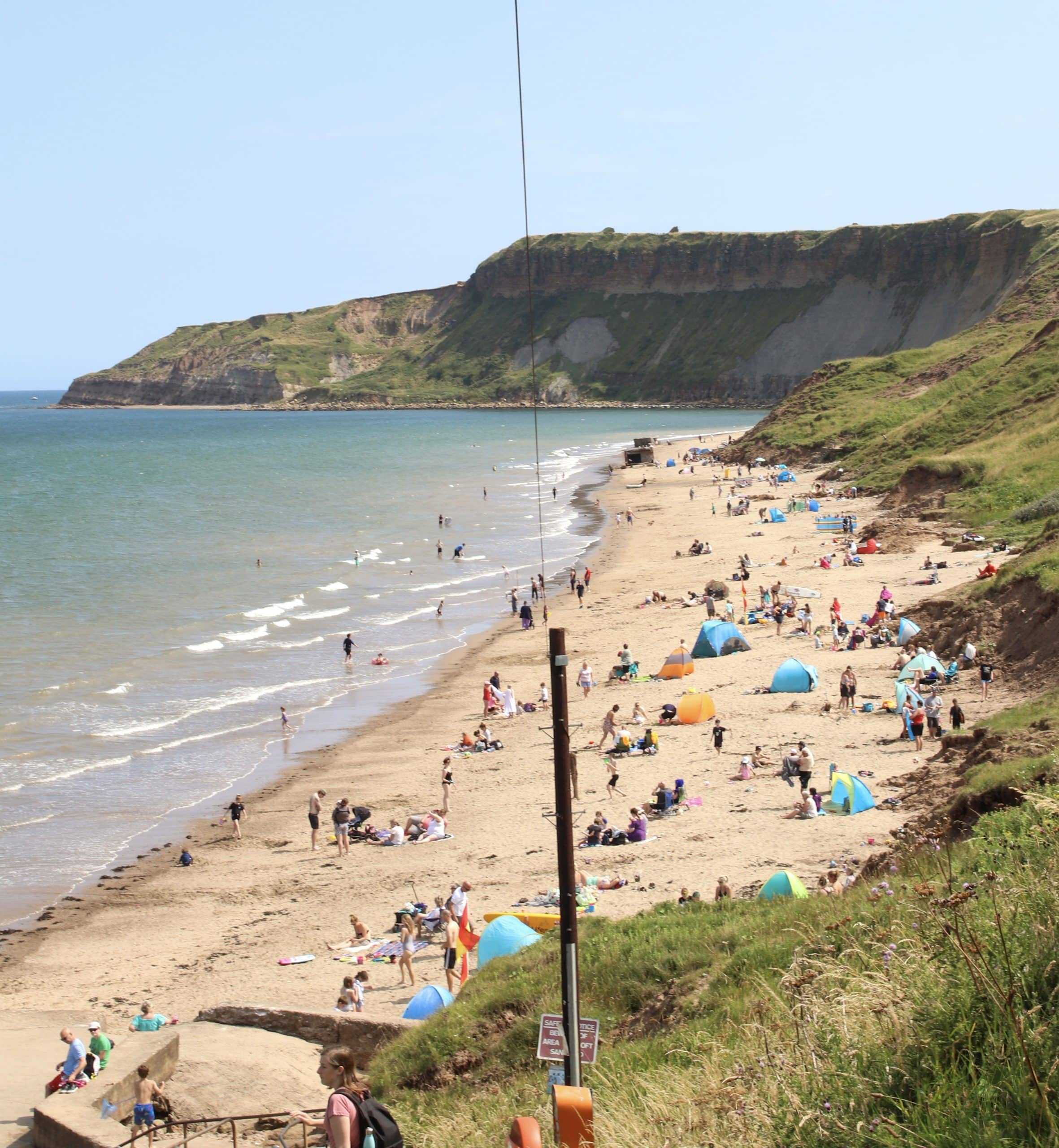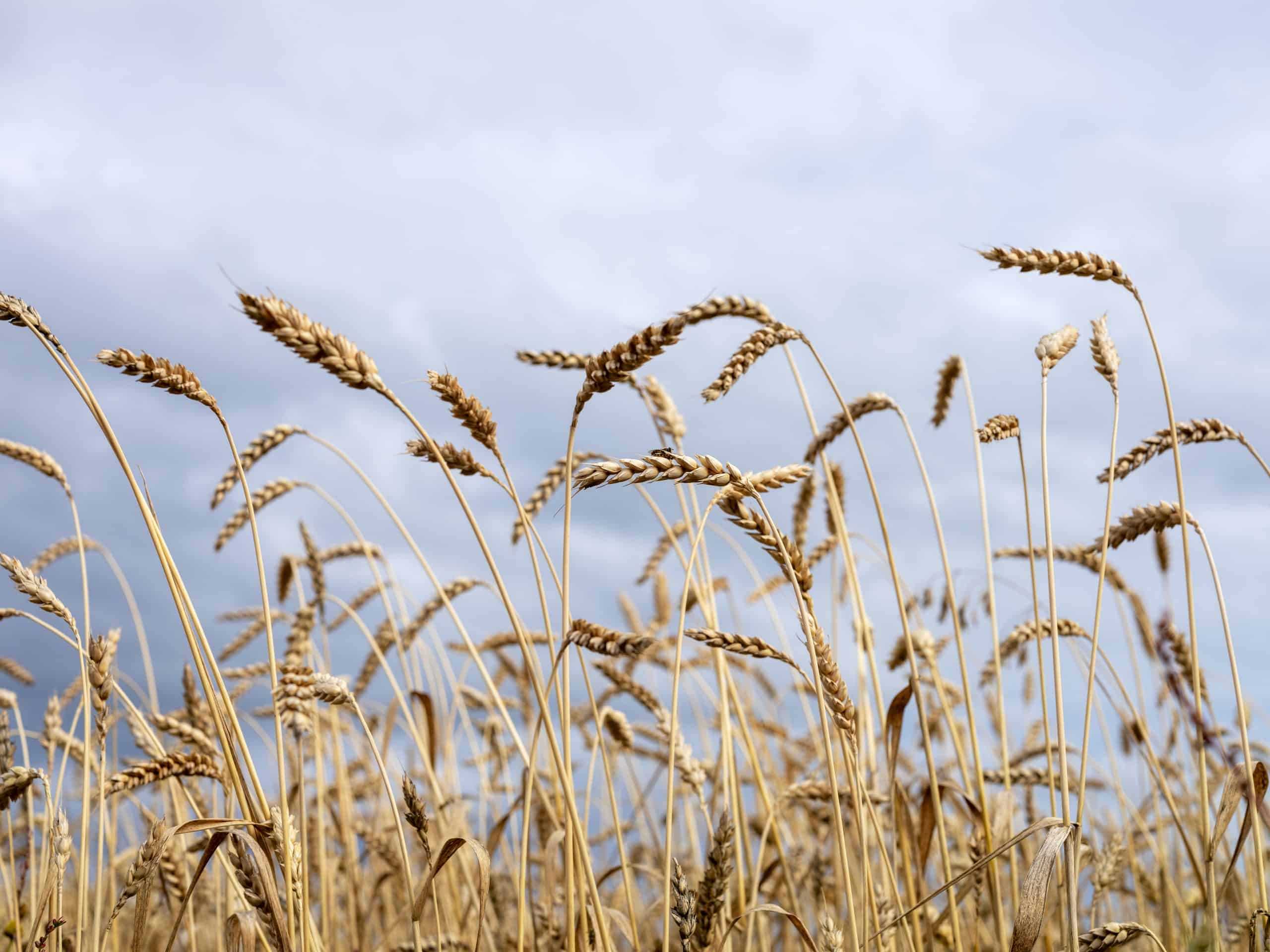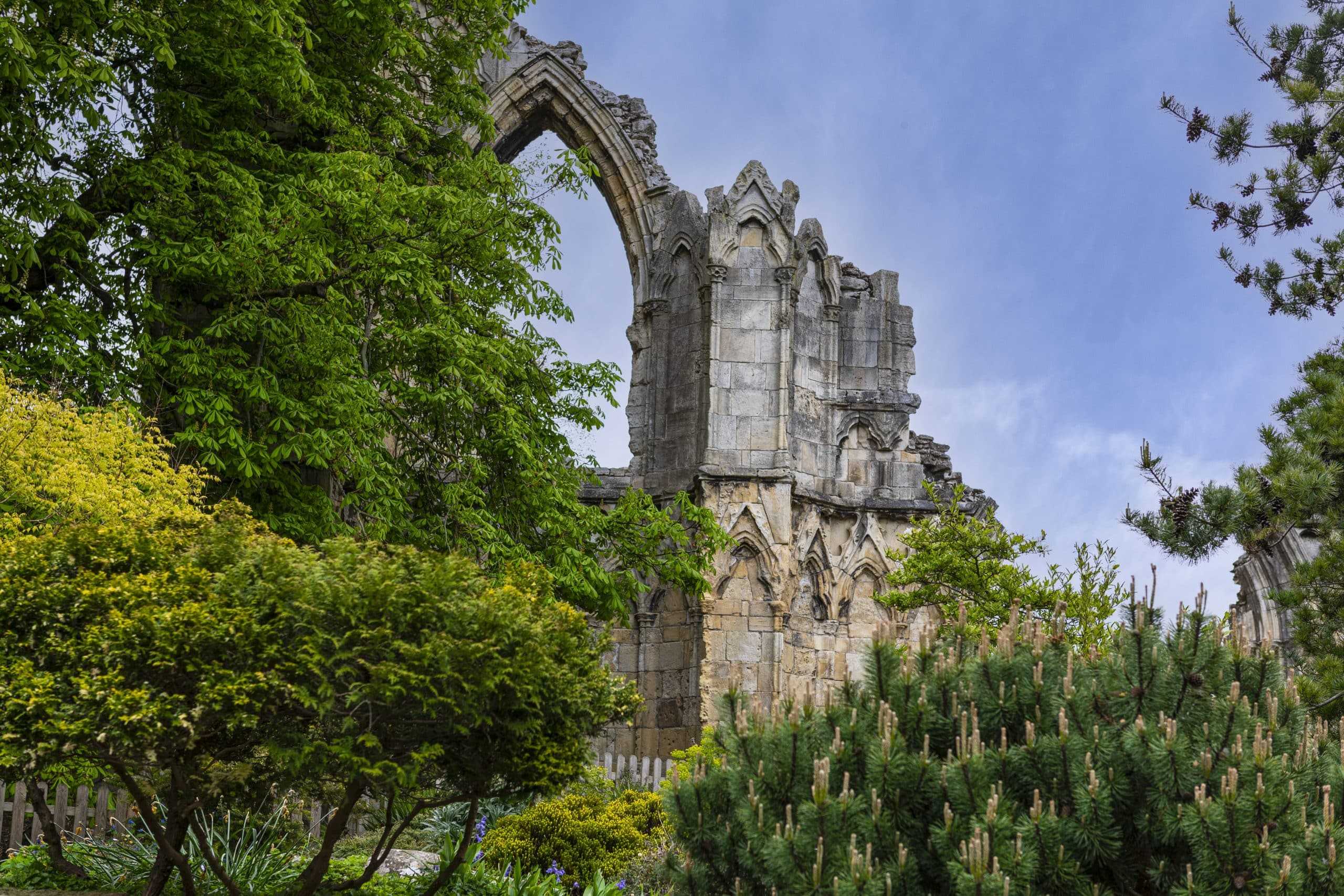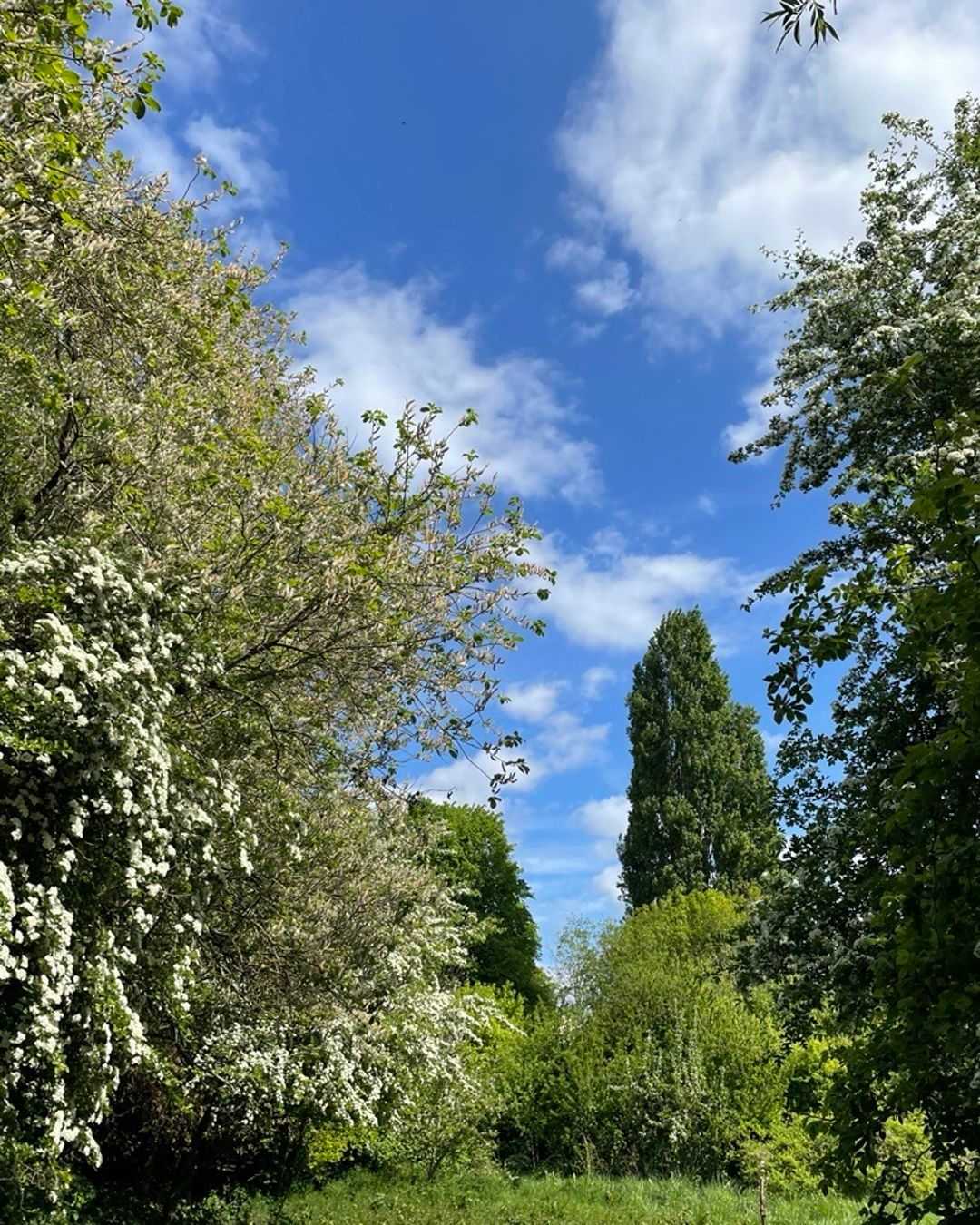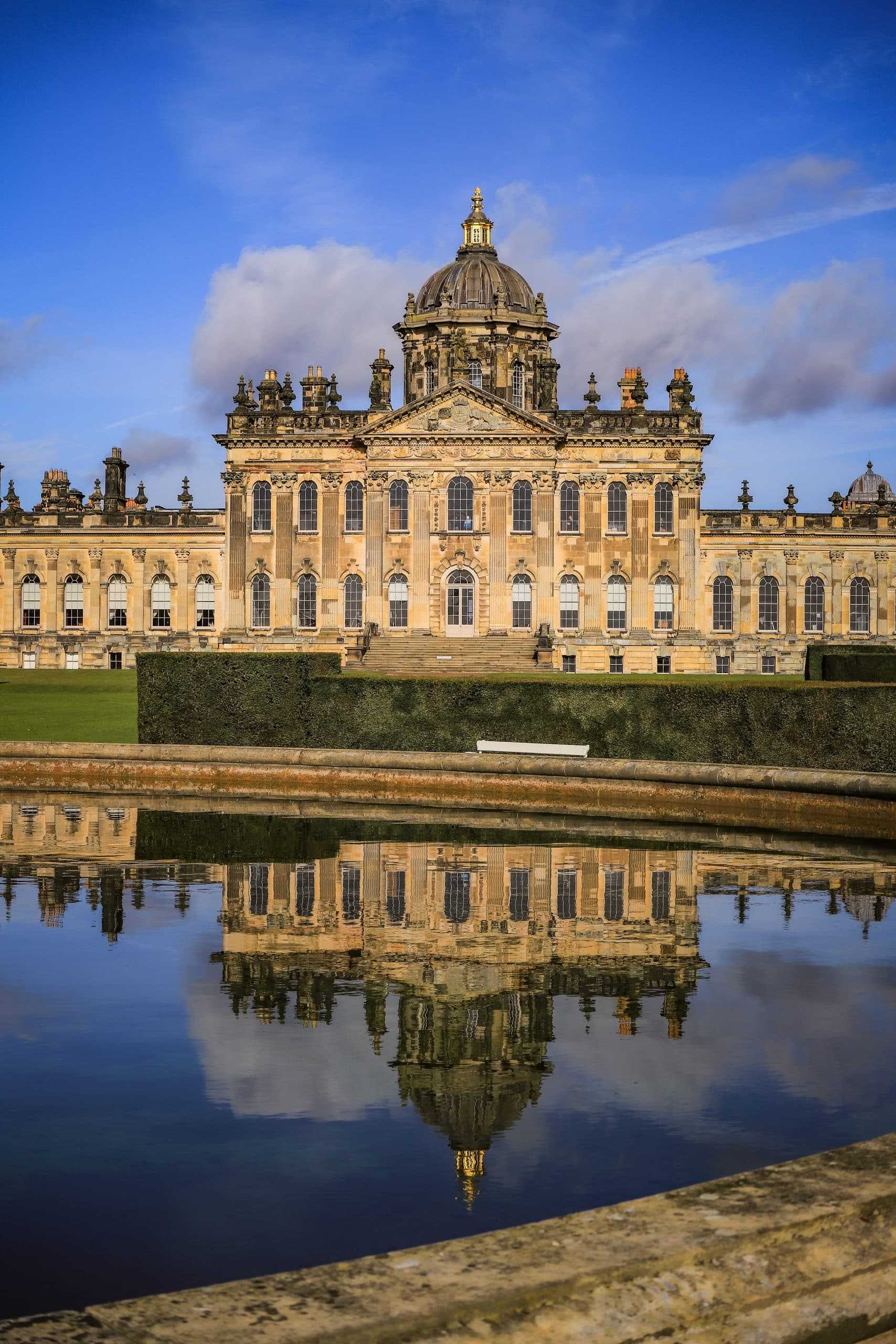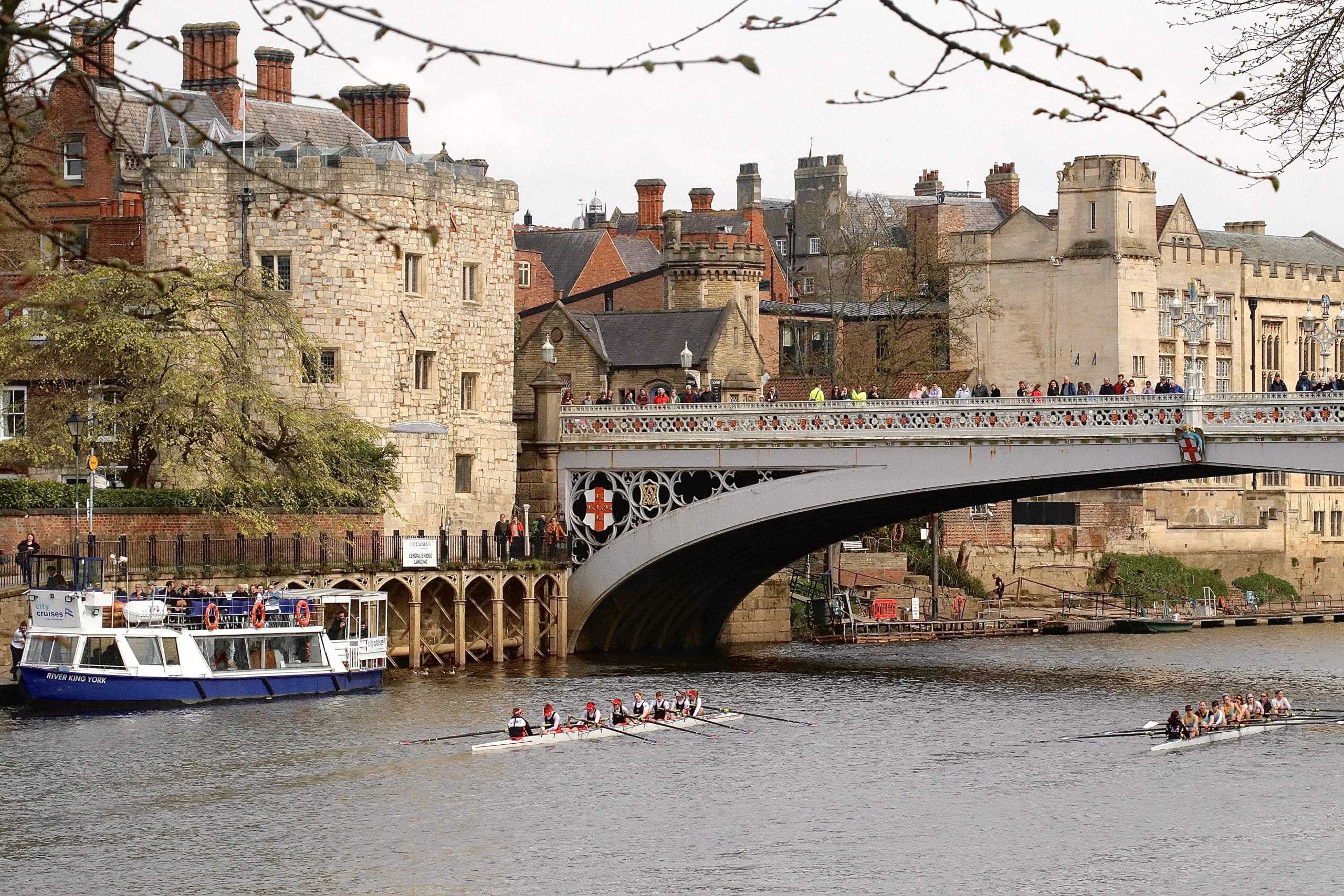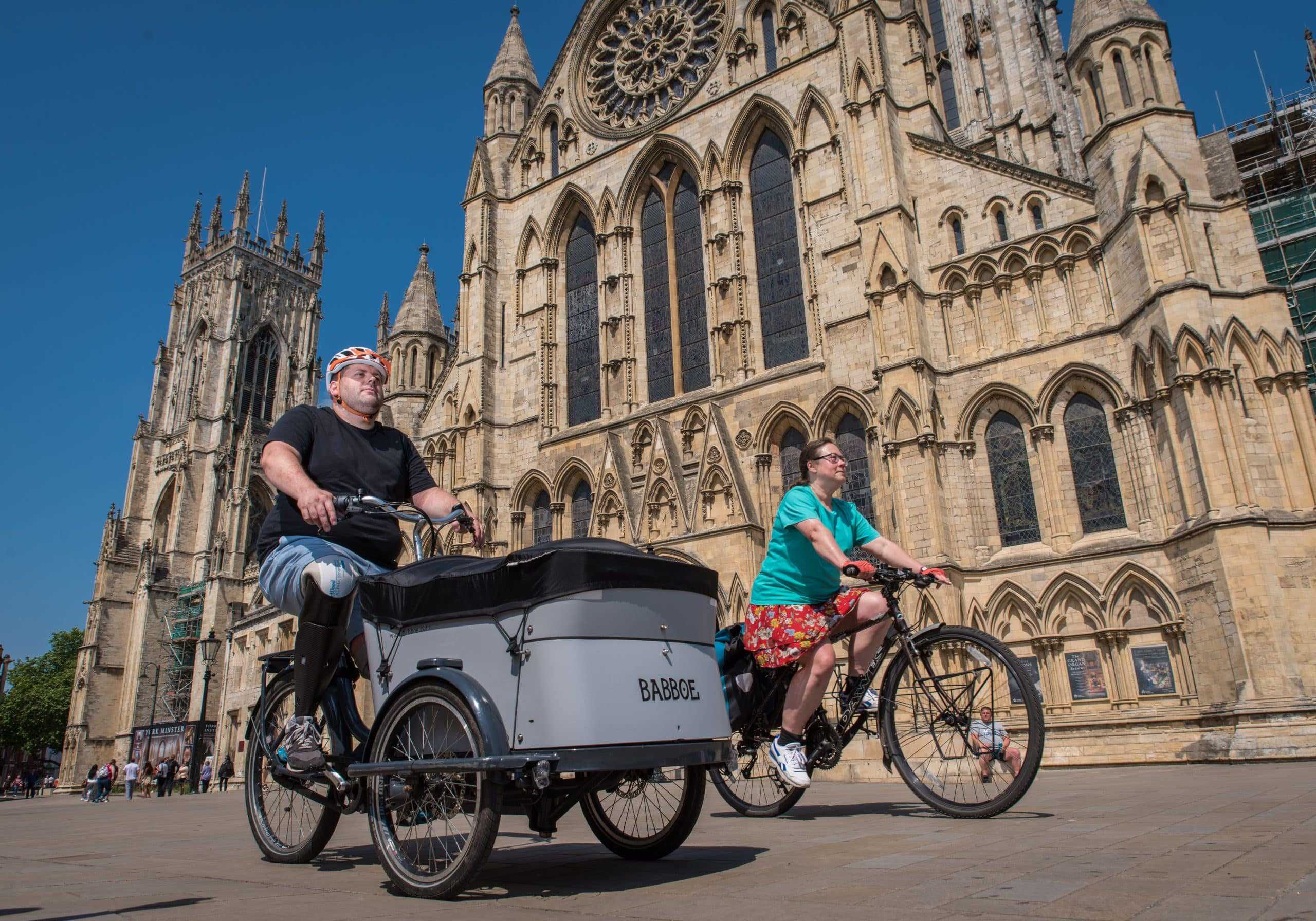Out of all the counties in England, Yorkshire is home to the most spectacular abbeys and priories. Once home to orders of monks and lay brothers, providing the local communities with education, shelter and their own forms of healthcare, these magnificent buildings now stand ruined due to the events of the 16th Century. When Henry VIII decided to break with the Catholic Church in Rome, the abbeys were dissolved, dismantled and the land sold off to his favourite lords.
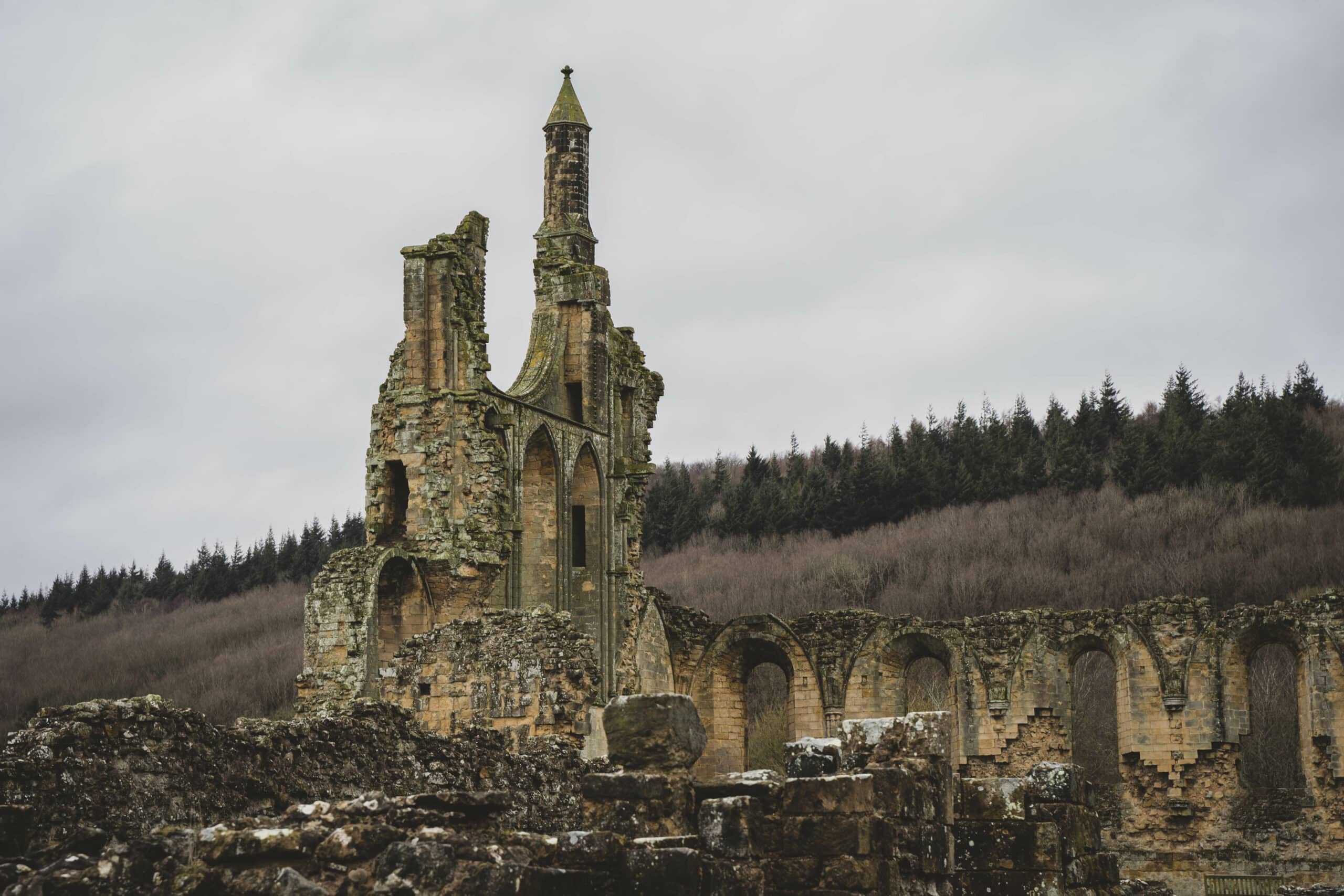
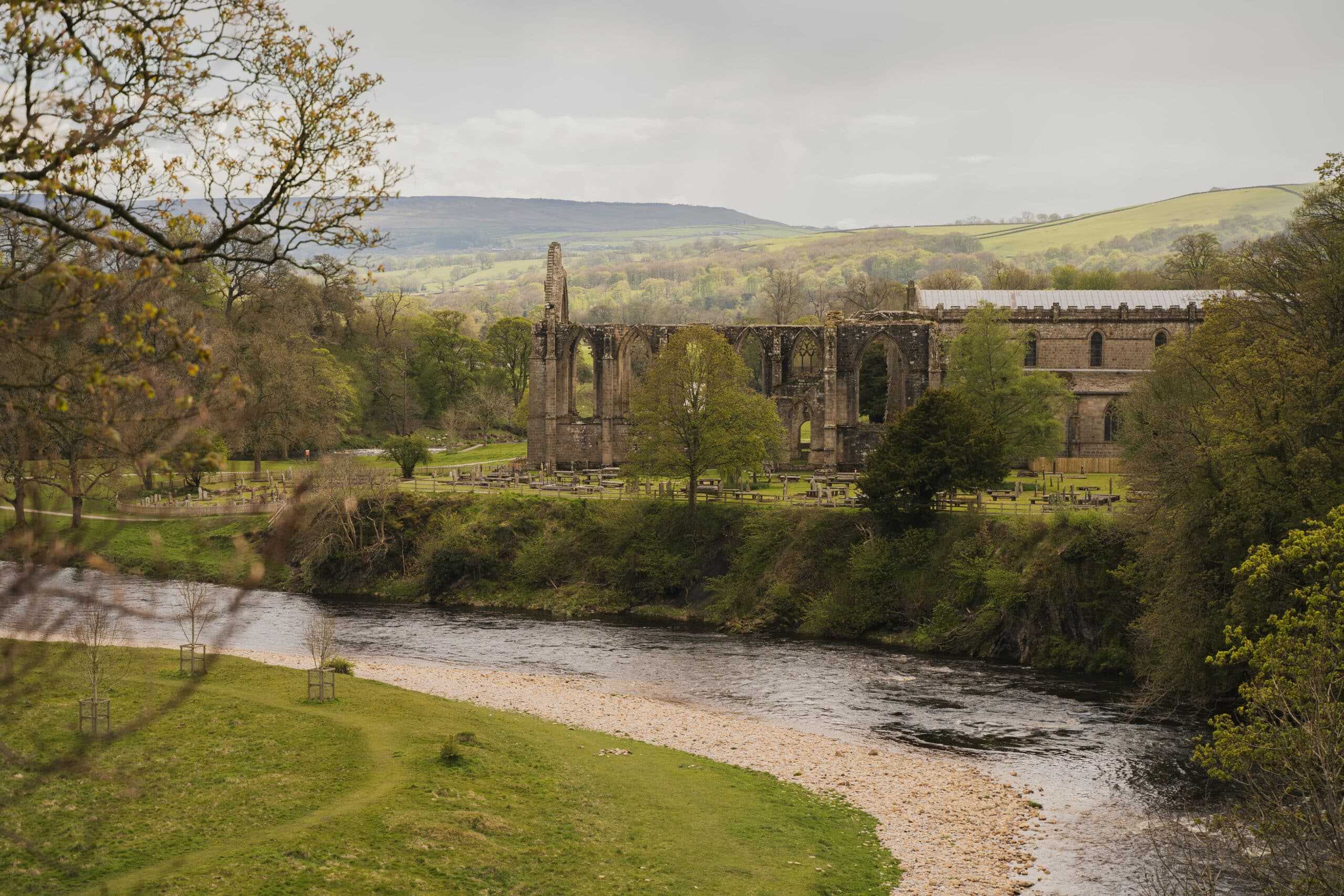
Many, like Roche Abbey for example, were also pillaged by locals who took anything they could get their hands on. The suppression of Roche is recorded in surprising detail by the nephew of one of the monks, Michael Sherbrook.
“It would have pitied any heart to see what tearing up of the lead there was, and plucking up of boards, and throwing down of the rafters … and all things of price, either spoiled, plucked away or defaced to the uttermost.”
The King was so keen that these buildings should not be used for worship again that in Kirkstall Abbey the road was diverted to cut through the abbey’s nave, disturbing any potential worship that might have been attempted. Today you can still see the marks on the walls where the carriages scraped against them.
The two biggest and possibly most famous abbeys are Rievaulx and Fountains, both in North Yorkshire. Fountains is one of the best preserved monasteries in England. Founded in 1132, it operated for 407 years before the Dissolution of the Monasteries. Around the time of its suppression it had been involved in its own drama with the crown – William Thirsk, abbot between 1526 and 1536, was executed by King Henry VIII along with his friend Adam de Sedbergh for plotting against the king – Adam de Sedberg was the last abbot of nearby Jervaulx Abbey. Both abbots refused the oath of supremacy in 1536.
Rievaulx has a particularly famous monk in its history called Aelred of Rievaulx. Aelred was abbot of Rievaulx from 1147 until his death in 1167, and is also known as the writer of works such as “De Spirituali Amicitia”, or ‘Spiritual Friendship’. This work has led to Aelred becoming a patron saint for several LGBTQ+ organisations: “It is no small consolation in this life to have someone who can unite with you in an intimate affection and the embrace of a holy love…” Unlike most abbots, Aelred supported friendships between monks and had a lifetime of friendships with men.
Just down the road from Rievaulx is Byland Abbey, an underrated site with some beautiful medieval tiles which you can see in warmer weather. Though the ruins are smaller than others, Byland does have an exceptionally large cloister and abbey church, reflecting the size of the community which once lived here.
Whitby Abbey is a very well known site for its connection to Bram Stoker’s ‘Dracula’. Stoker visited Whitby in 1890 and was so inspired by the gothic ruins that he set portions of his novel there, as well as taking names from graves in the local parish church of St Mary, including ‘Swales’, Dracula’s first victim in Whitby.
Stoker writes of Whitby: “Right over the town is the runoff Whitby Abbey, which was sacked by the Danes… It is a most noble ruin, of immense size, and full of beautiful and romantic bits; there is a legend that a white lady is seen in one of the windows.”
Up in North Yorkshire near Skipton is Bolton Abbey, next to the historic Strid Wood. One of the most picturesque on this list, Bolton was founded in 1120 and, like most others, was dissolved in the 16th Century during the Dissolution of the Monasteries. Building work was actually still going on when it was dissolved in January 1540. A tower that was begun in 1520 was left half-standing and was later converted into an entrance porch.
If you fancy a free to enter site, Byland Abbey, Easby Abbey and St Mary’s Abbey are excellent choices. Easby is in a beautiful location by the River Swale and was founded in 1152. Since the 18th Century the ruins have been a landmark for artists such as J M W Turner, who painted the ruins around 1816.
St Mary’s is nestled right in the heart of York City Centre, and was once one of the most prosperous abbeys in Northern England. When it was dissolved in November 1539, it was worth over £2,000 a year, which is equivalent to £1,430,000 in 2021. The ruins you see today were built between 1271 and 1294, rebuilt after a fire in 1137 destroyed the original buildings.
There’s nothing like seeing these beautiful ruins in person, and the history behind them is boundless. Whether you rely on the information plaques, visit the museum at Rievaulx or opt for an audio guide, you will leave full of incredible history and a sense of real peace and tranquility.
Photos & Words: Katie Glover
